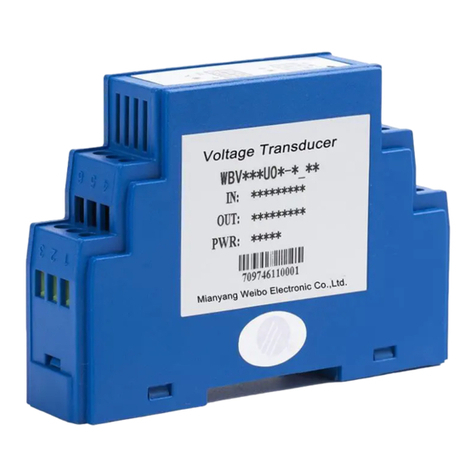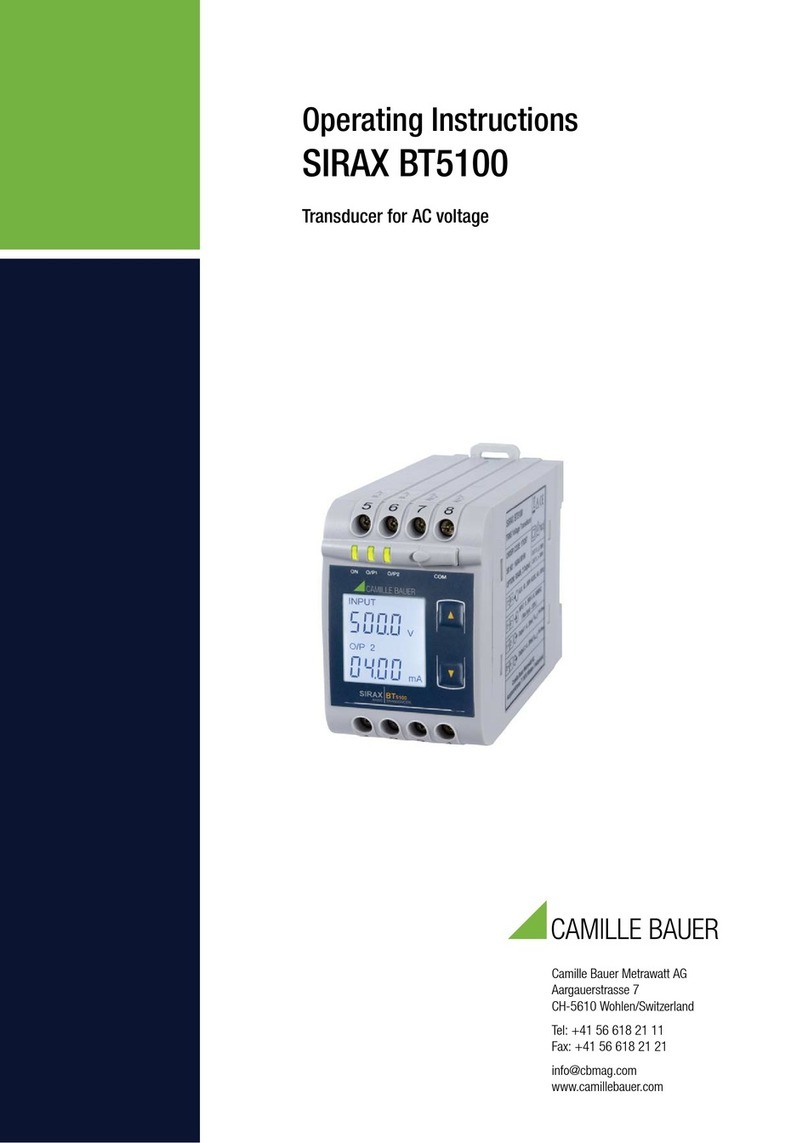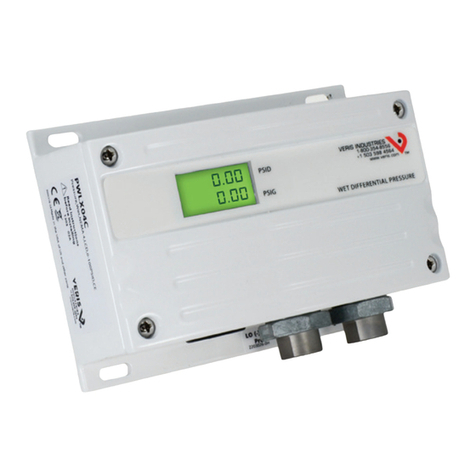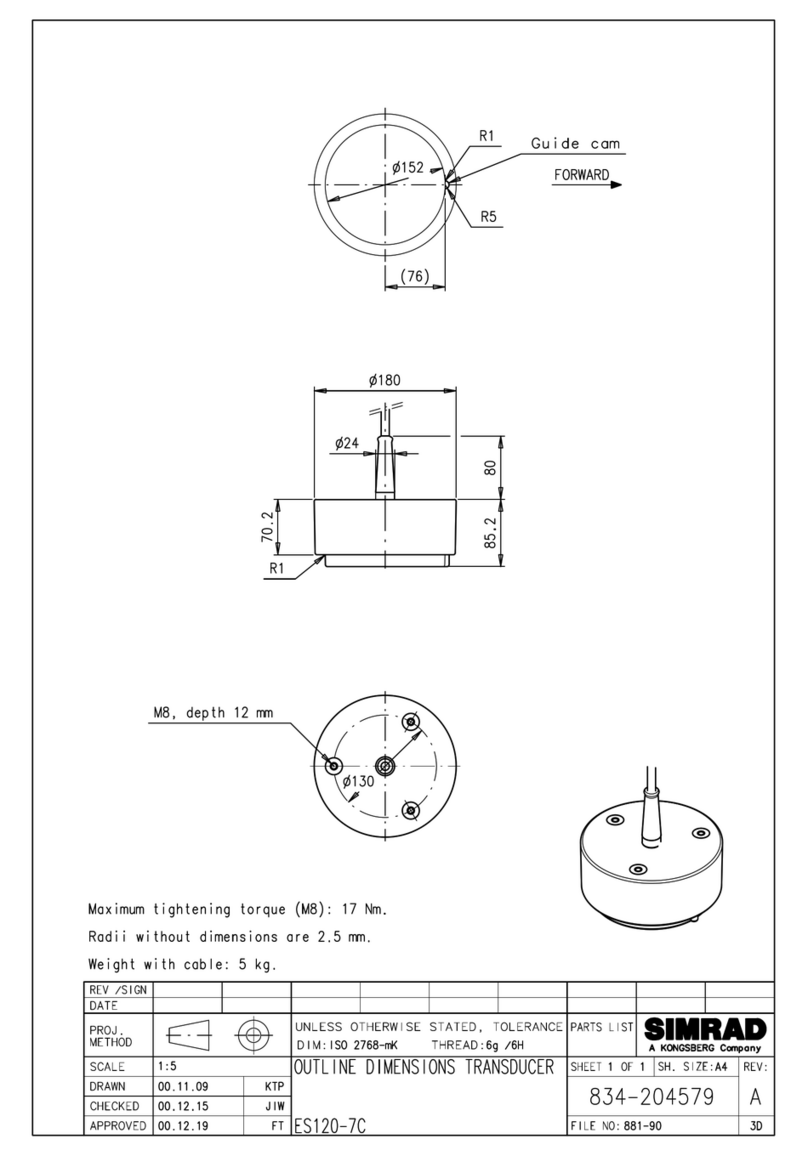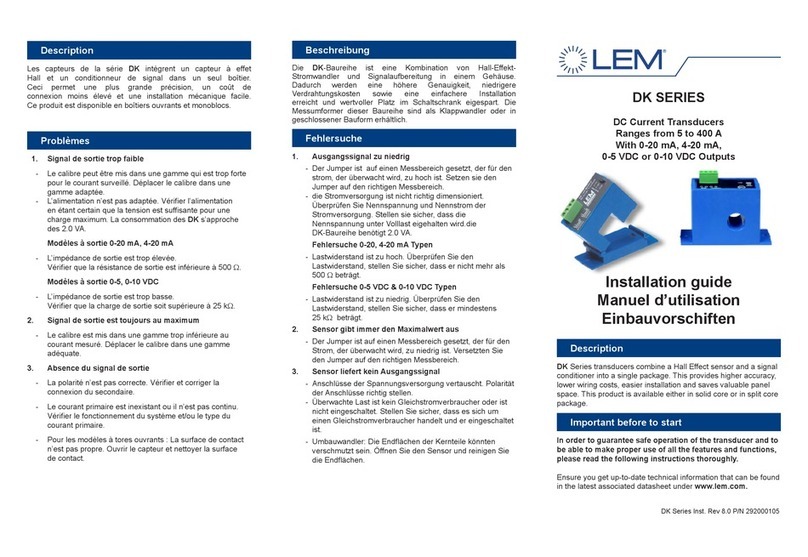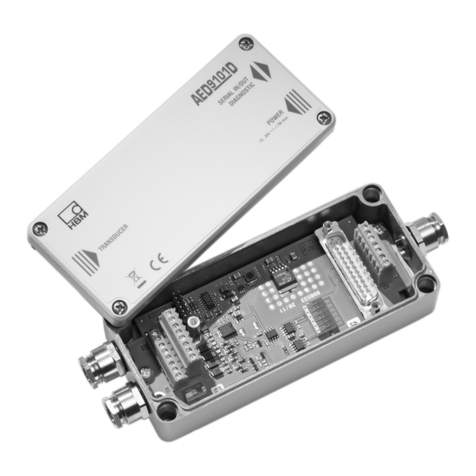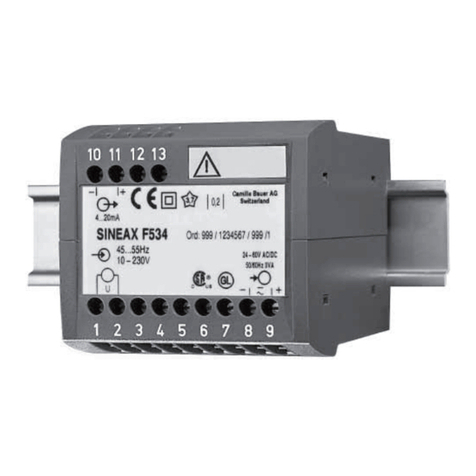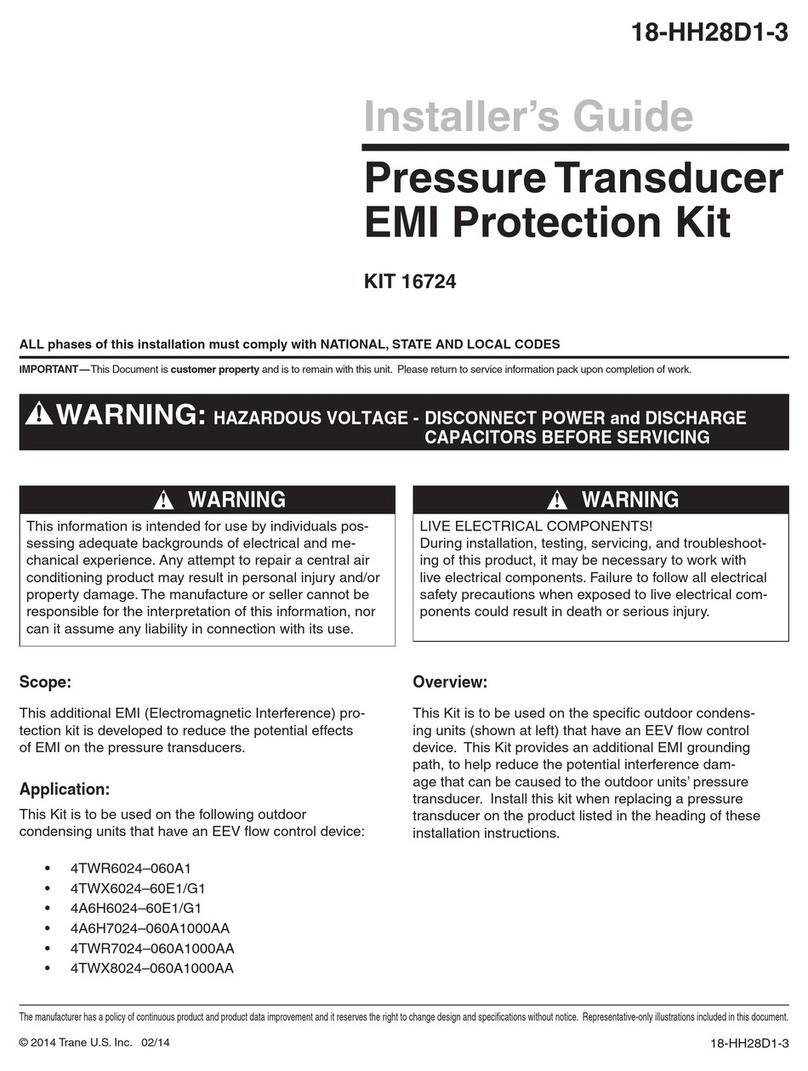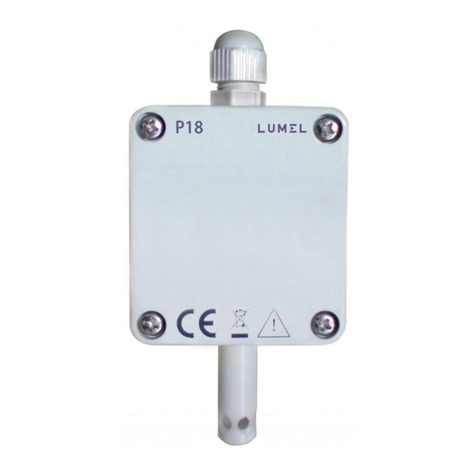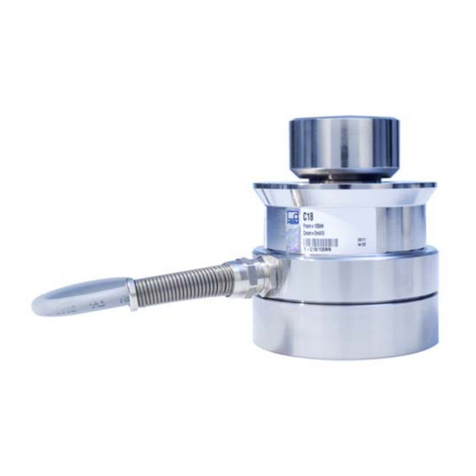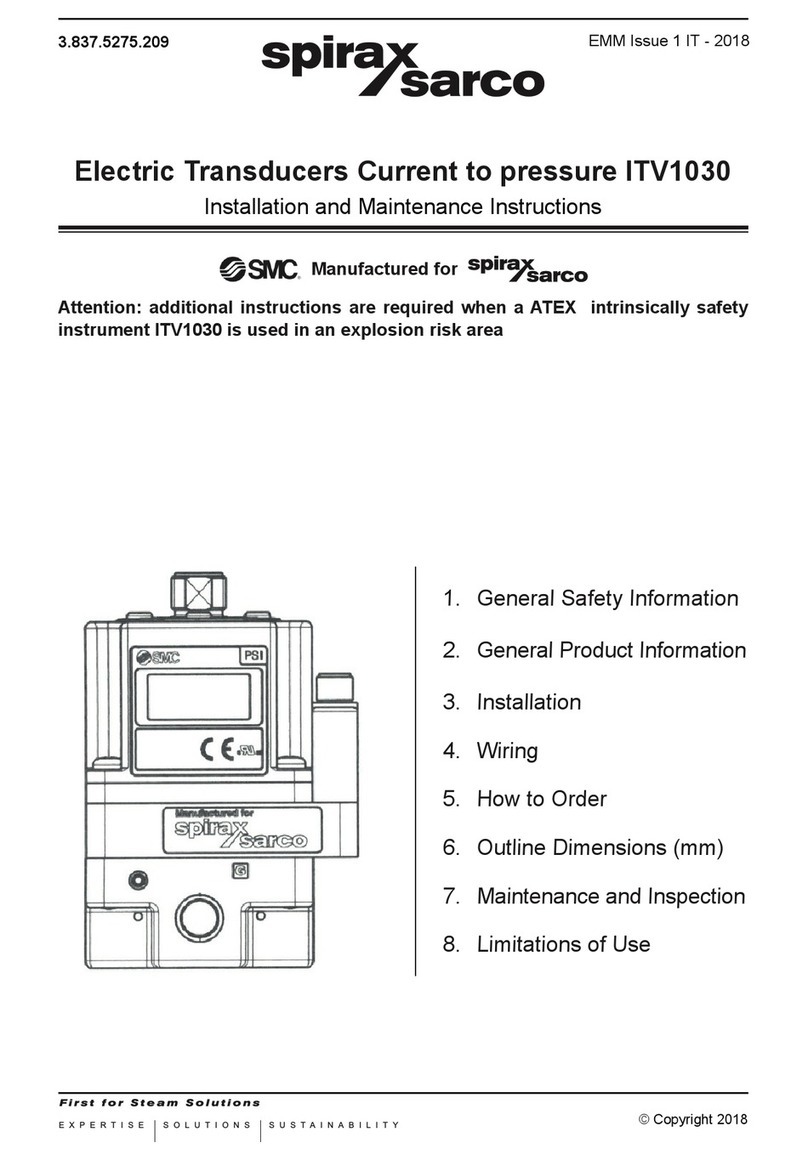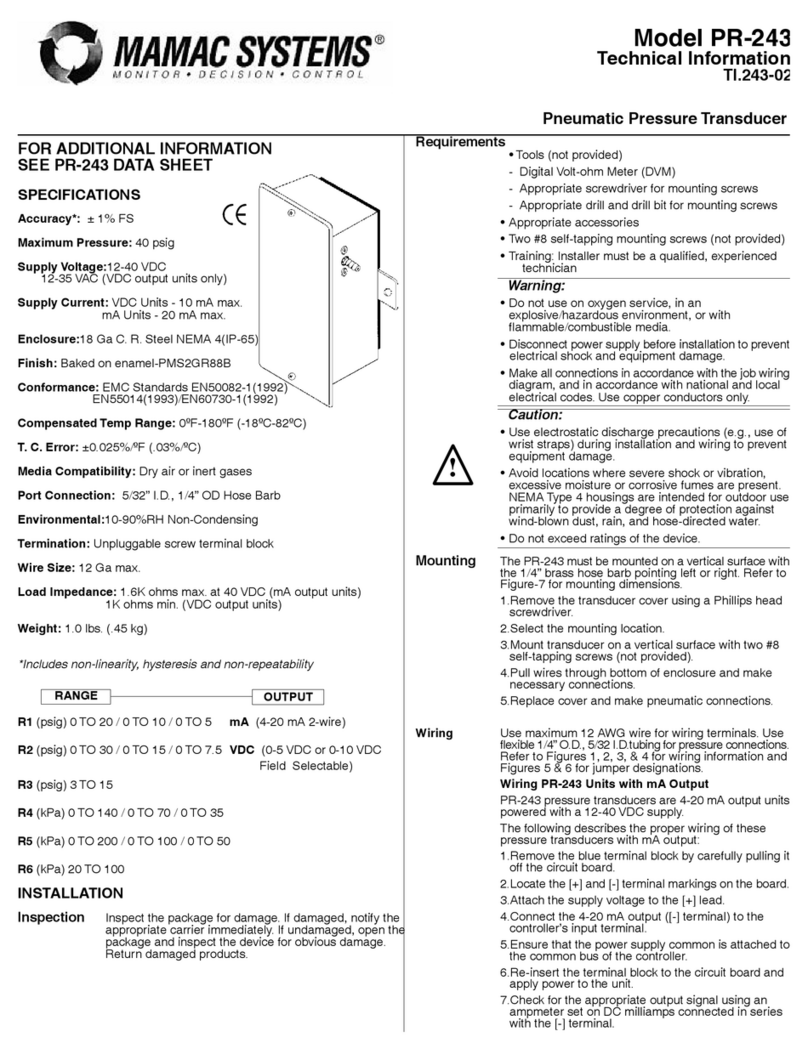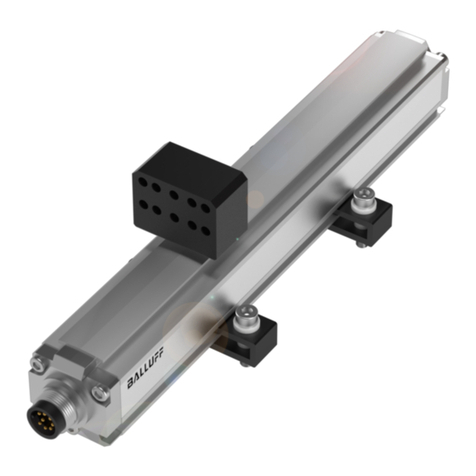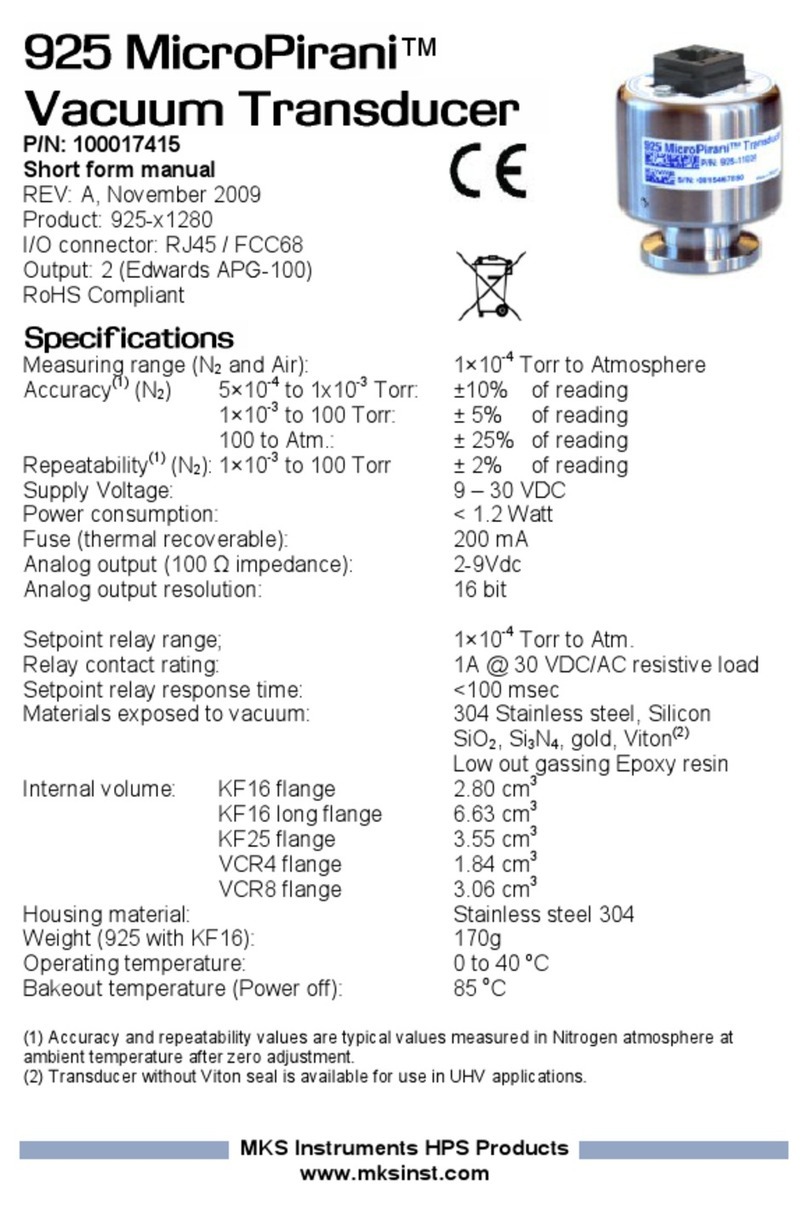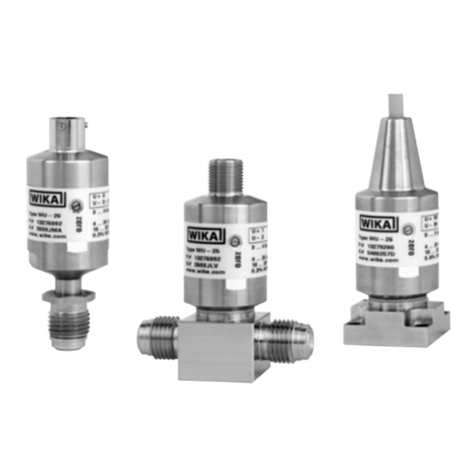
Page 5 of 5
WARRANTY.
R.D.P. Electronics products are warranted against defects in materials or workmanship.
This warranty applies for one year from the date of delivery. We will repair or replace
products that prove to be defective during the warranty period provided they are returned
to R.D.P. Electronics.
This warranty is in lieu of all other warranties, expressed or implied, including the implied
warranty of fitness for a particular purpose to the original purchaser or to any other person.
R.D.P. Electronics shall not be liable for consequential damages of any kind.
If the instrument is to be returned to R.D.P. Electronics for repair under warranty, it is
essential that the type and serial number be quoted, together with full details of any fault.
SERVICE.
We maintain comprehensive after-sales facilities and the instrument can, if necessary be
returned to our factory for servicing.
Equipment returned to us for servicing, other than under warranty, must be accompanied
by an official order as all repairs and investigations are subject to at least the minimum
charge prevailing at the date of return.
The type and serial number of the instrument should always be quoted, together with full
details of any fault and services required.
IMPORTANT NOTES.
1. No service work should be undertaken by the customer while the unit is under
warranty except with the authorisation of RDP Electronics.
2. If the instrument is to be returned to R.D.P. Electronics for repair, (including repair
under warranty) it is essential that it is suitably packed and that carriage is insured
and prepaid. R.D.P. Electronics can accept no liability whatsoever for damage
sustained during transit.
3. It is regretted that the above warranty only covers repairs carried out at our factory.
Should the instrument have been incorporated into other equipment that requires
our engineers to perform the repair on site, a charge will be made for the engineer's
time to and from the site, plus any expenses incurred.
The aforementioned provisions do not extend the original warranty period of any product
that has been either repaired or replaced by R.D.P. Electronics.
THIS WARRANTY MAY BE NULL AND VOID SHOULD
THE CUSTOMER FAIL TO MEET OUR TERMS OF PAYMENT.
